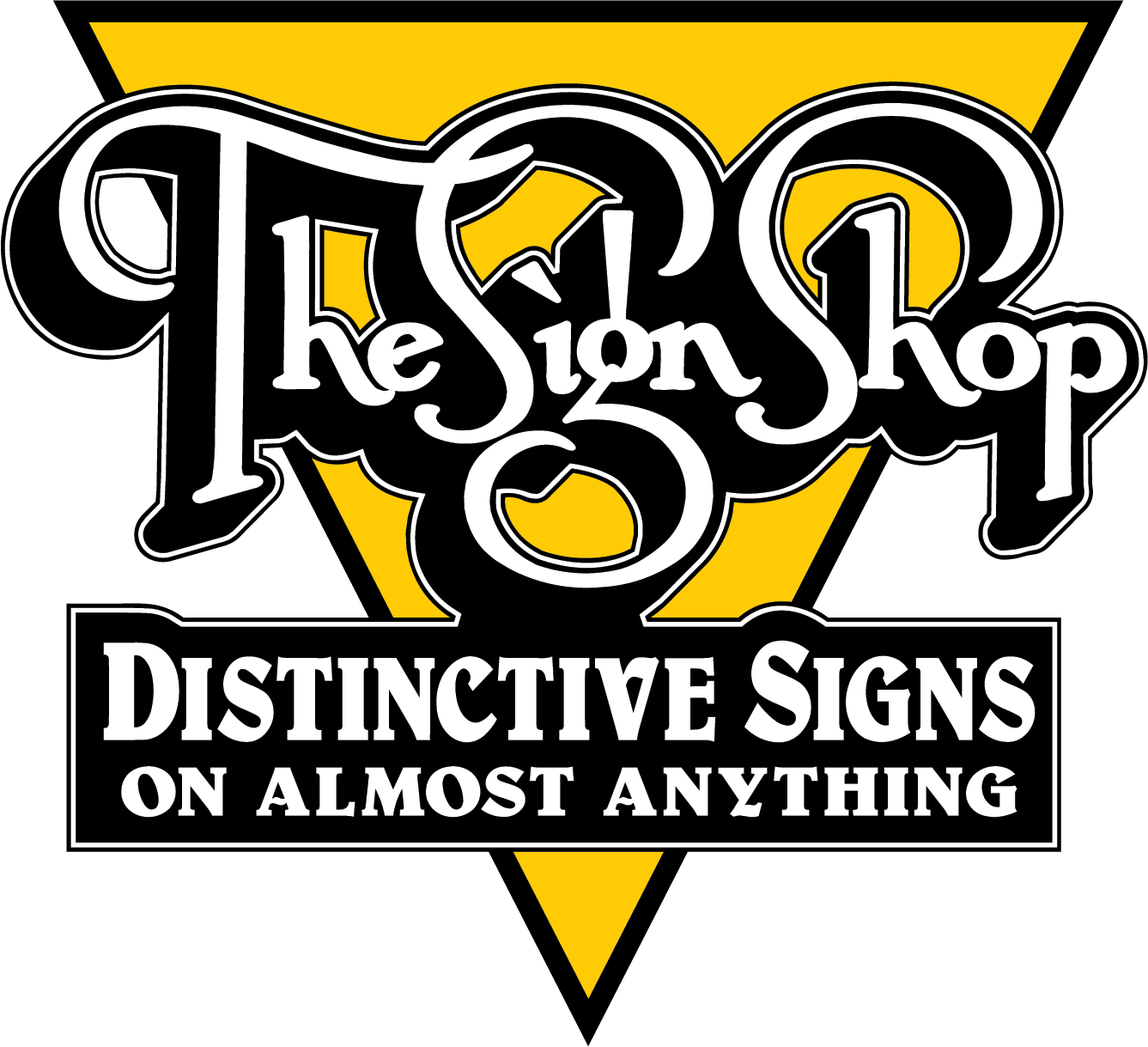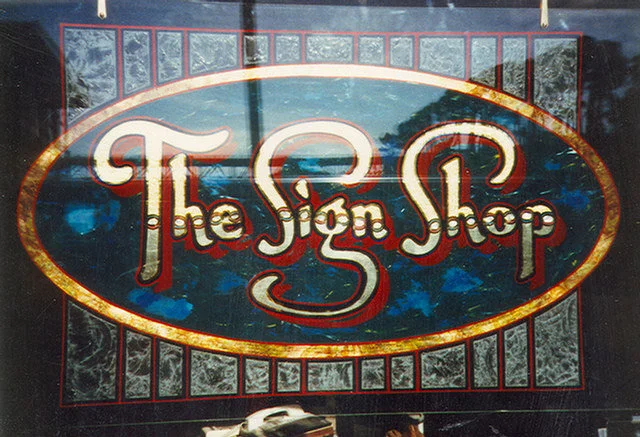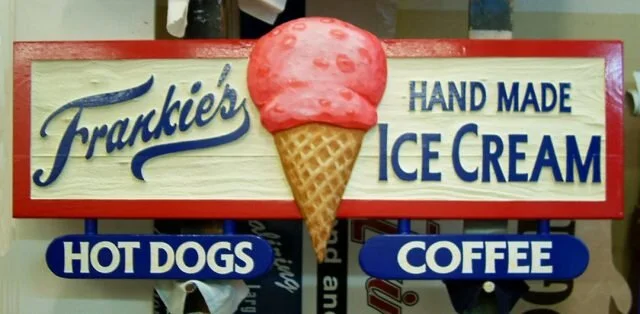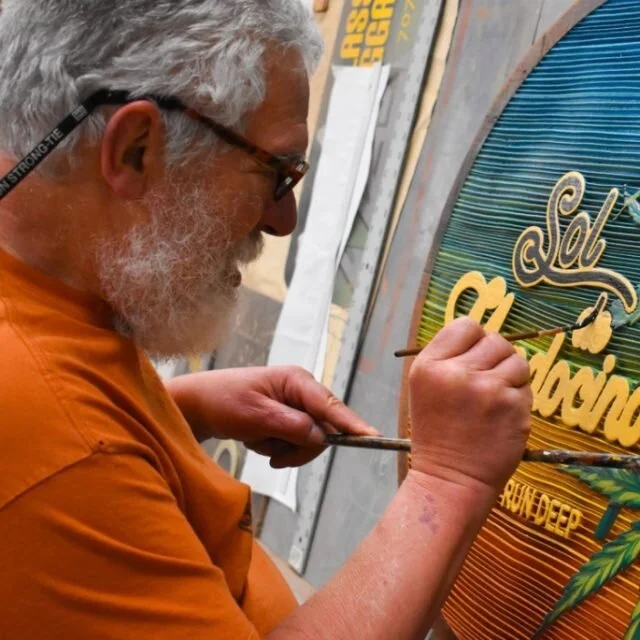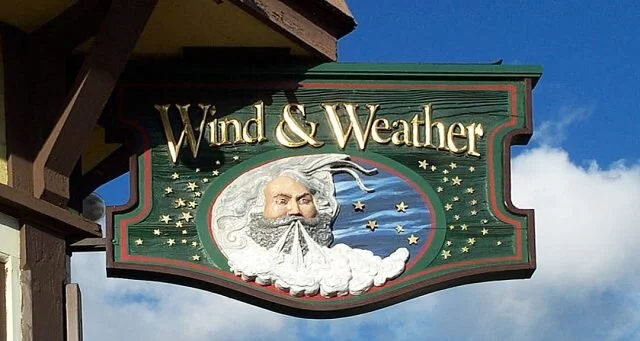The Sign Shop featured in SignCraft Magazine
We are honored to be featured in SignCraft Magazine online in their profile series. SignCraft is a sign industry publication with 40 years of history delivering the straightforward, hard-to-find information that sign people need not only to survive, but succeed. SignCraft reached out to Rick to talk about making unique, interesting, and decorative signs, hand lettering, getting started in the sign industry in the 70’s, and the current state of the sign market.
Here is an excerpt from the article:
Fifty years is a long time to do anything, including making custom signs. Rick Sacks got his start in the sign business in 1970, and with Megan, his wife, has operated The Sign Shop since 1977. Mendocino is a small coastal California town about three and a half hours north of San Francisco, where tourism is a major industry.
For Rick and Megan, that has always meant a steady supply of small business owners who wanted attractive, interesting custom signs. They’re still meeting that need, though the market is changing. SignCraft spoke to Rick on a recent afternoon just after they returned from hanging a carved gilded redwood sign and before he started priming the signs he had sandblasted the day before.
The population here is about 1200 residents, but we probably have a market area of about 10,000. It’s a popular tourist destination. There are a lot of visitors plus the folks who live in the surrounding outlying areas. Fort Bragg is about 10 miles away and has a population of 7000.
Our area attracts a different kind of tourist. It’s a more eclectic group of people. They are more inclined towards the art galleries, wine tastings and fine restaurants. We also have hiking and kayaking and a vast outdoor world. This is the sort of town where you can spend $20 on a burger for lunch.
There are a lot of beaches, forest areas and the harbor, plus there has always been a big art community here. It’s all mom-and-pop businesses—no big chains or franchises. It’s a pretty cool little area. Fort Bragg was always more of an industrial community because of the logging and the fishing, but it’s also a tourist area now.
Sign painting—again
I’m getting to pick up a brush again over the past few years. Every time I do that, it feels like I’m home again. It’s great that some customers want hand-lettered signs again. That’s all we did for years.
About the time that Gerber came out with the Signmaker, I had an accident here and cut off my thumb. I bought a Signmaker 4B, so I could make a livelihood while healing, but it was somewhat of an embarrassment to me. I actually built a cabinet to keep it hidden in. I’ve always felt that way about vinyl lettering—I never really wanted people to see me doing it. My roots are in hand lettering.
Our work is a mix of painted, vinyl and redwood signs. The folks who come to us now are coming for the type of work we like to do—3-D and hand lettering. We still can get old growth sinker redwood here, which is just magnificent to work with.
Along with new signs, we’ve been repainting a lot of our work. We just refinished and re-gilded a sign that we made 28 years ago.
Getting started
Back in the ’60s, in San Francisco, I was kicking around, doing some signs on my own. An artist friend, David Best, handed me a brush and said it was a sign painting brush. I did a lot with it. Back then, we had an old one-ton walk-in van that we lived in and worked from, so I had signs on all the auto dismantling yards that I traded for parts.
We moved to southern California and I kept dropping into one sign shop, bugging a guy for a job. He kept telling me to get lost, but I’d come back and sit there. Eventually he said, “If you’re going to just sit there, you might as well do something.” He handed me the broom. After that he said, “Okay, I’ll let you work here. Does a dollar and a quarter an hour sound fair to you?”
I told him I would work for that but he corrected me. “No, that’s a buck and a quarter an hour that you’re going to pay me.” He went on to explain that he knew how much his floorspace cost him per hour and that if I was in there trying to learn, I would be costing him money. I told him I understood and kept going in there for a few days to work for a few hours each day, as I could afford it from my auto mechanic job.
After three days he realized I was serious and said he would start paying me. I started working for a percentage of what I did. I coated out a lot of boards and cut a lot of material with a handsaw. I put seven years in there, learning to letter and make signs.
He had several other journeyman sign painters working there. After a while, he asked me to run the shop while he was on vacation each year. I learned a lot about pricing and scheduling—and the ethics of being in business.
He told me, “Someday you’re going to have your own shop. Don’t go across the intersection and open up and compete with me. It will turn me into your enemy. Go a couple of towns away and open your shop there so we can work with each other.”
Eventually, I tried to buy his business but he wasn’t ready to retire yet. I moved almost 700 miles away and opened my own shop where I wanted to live. We’ve been here ever since…
Thank you to SignCraft for letting us share this article.
Check out the full interview with SignCraft HERE
